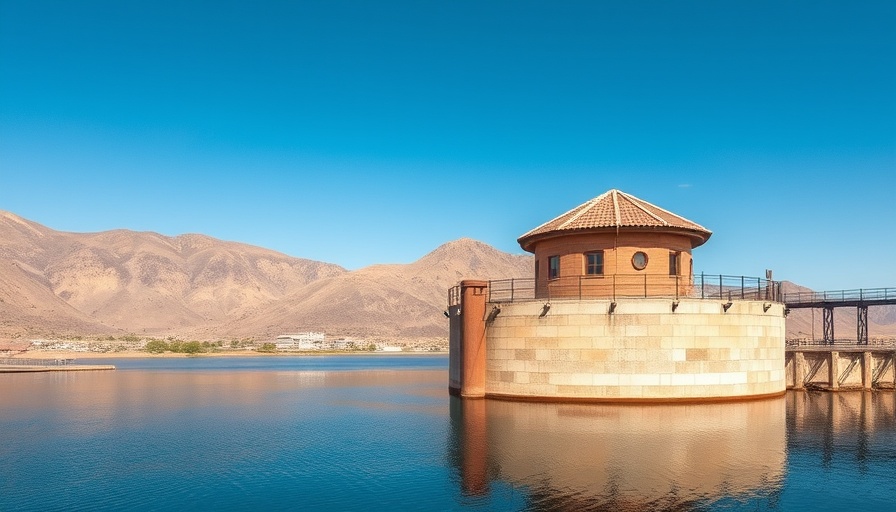
Water Agency's Struggles with Contaminants: What You Need to Know
Residents of southern San Diego County are grappling with alarming news: the Sweetwater Authority has detected elevated levels of toxic industrial chemicals, known as PFAS or "forever chemicals," in the Sweetwater Reservoir—the primary source of drinking water in the region. This shocking revelation has stirred concern amidst the community about the safety of their water supply.
The Discovery of PFAS in Drinking Water
Last October, during a federally mandated testing round, Sweetwater Authority officials reported the presence of these dangerous chemicals widely associated with cancer and various health issues. PFAS, commonly found in household and industrial products, can accumulate in the environment and resist degradation. This characteristic is what earned them the nickname "forever chemicals." In December, the agency launched an outreach campaign to inform residents about the situation. Public relations efforts included updates via their website, where they vowed transparency and safety commitment to the community.
Controversy Surrounding Transparency
However, the credibility of Sweetwater Authority's assurances has come into question. Former board member Josie Calderon-Scott claims that the agency had knowledge of PFAS presence long before the official announcement, alleging a year-long veil of secrecy aimed at avoiding liability and public panic. Calderon-Scott suggests that the agency's delayed notification deprived residents, schools, and businesses of the ability to make informed decisions regarding their health and safety.
Agency spokesperson Jenny Windle countered these allegations, asserting that the authority was indeed unaware of the PFAS in the reservoir until the testing began in October. This conflicting narrative highlights a stark need for clarity and accountability from public agencies, especially on matters impacting public health.
Impacts on Residents
The ramifications of these revelations are significant. Thousands of households in the region may have unknowingly consumed contaminated water. As Calderon-Scott aptly notes, the agency's sluggish response may have hindered vital precautionary measures. Local residents are now left questioning whether their drinking water is safe and what filtration options are available. Calderon-Scott advocates for proactive measures, urging the agency to research home filtration systems to support residents unable to choose their water source.
Call for Greater Action and Vigilance
As the saga continues, the call for greater action becomes increasingly imperative. Local officials and health advocates emphasize the need for more thorough testing, improved transparency practices, and heightened public education on water safety. Residents are advised to stay informed about testing results and potential filtration solutions as discussions unfold within the Sweetwater Authority.
Understanding PFAS: A Closer Look at the Risks
While the focus has been predominantly on Sweetwater Authority's actions, understanding PFAS's long-term health effects is equally vital. Studies have shown that exposure to PFAS can lead to various health issues, including decreased immunity, higher cholesterol levels, and even certain types of cancer. This backdrop raises the stakes for how water agencies manage and communicate about water safety.
What’s Next for Affected Communities?
As investigations into this issue progress, communities are encouraged to engage in discussions surrounding safe drinking water practices and environmental accountability. With an increasing spotlight on the importance of clean and safe drinking water, residents have the opportunity to advocate for systemic changes within local water agencies and demand full transparency and responsiveness regarding public health matters.
Staying Proactive in the Face of Uncertainty
Amidst these uncertain times, now is the moment for residents to take charge. They should consider testing their tap water for contaminants, exploring water filtration systems, and staying updated on the Sweetwater Authority's announcements. Community forums and local gatherings will also play a crucial role in addressing concerns and mobilizing collective action among residents.
In conclusion, ongoing vigilance, transparency, and accountability will be essential in resolving the PFAS crisis in southern San Diego's drinking water. By remaining informed and engaged, residents can bolster efforts for cleaner, safer water.
 Add Row
Add Row  Add
Add 




Write A Comment